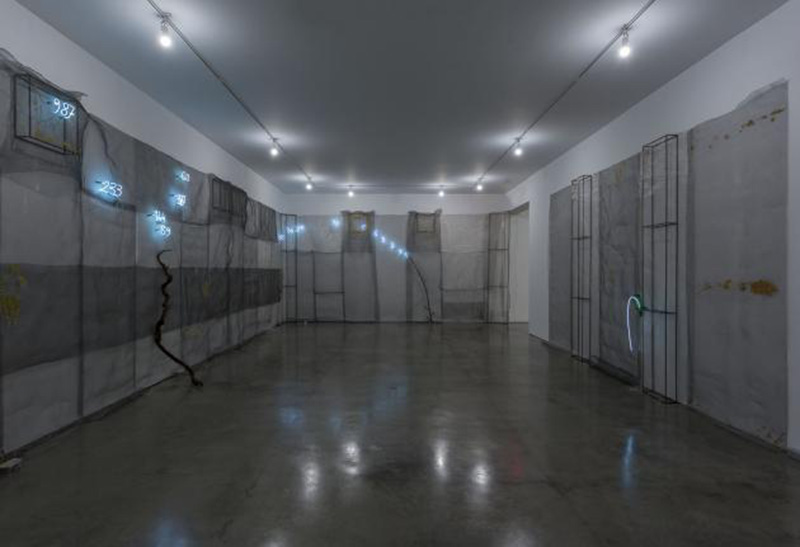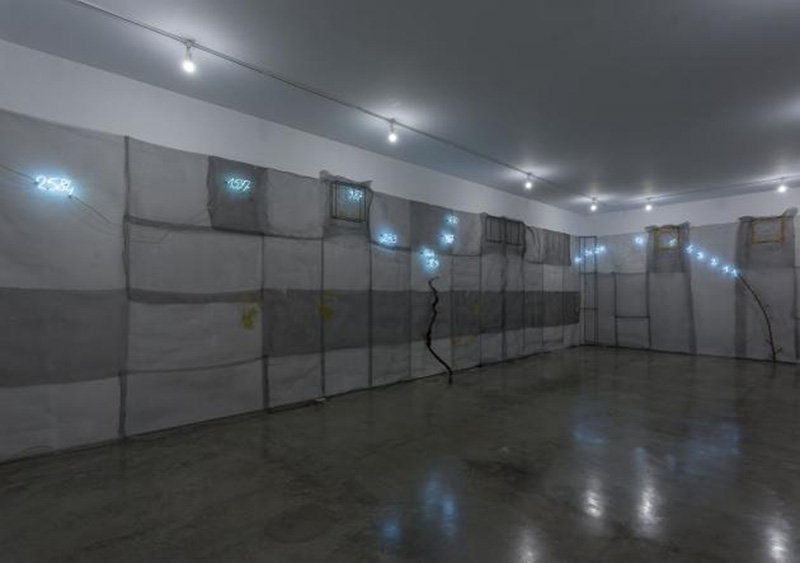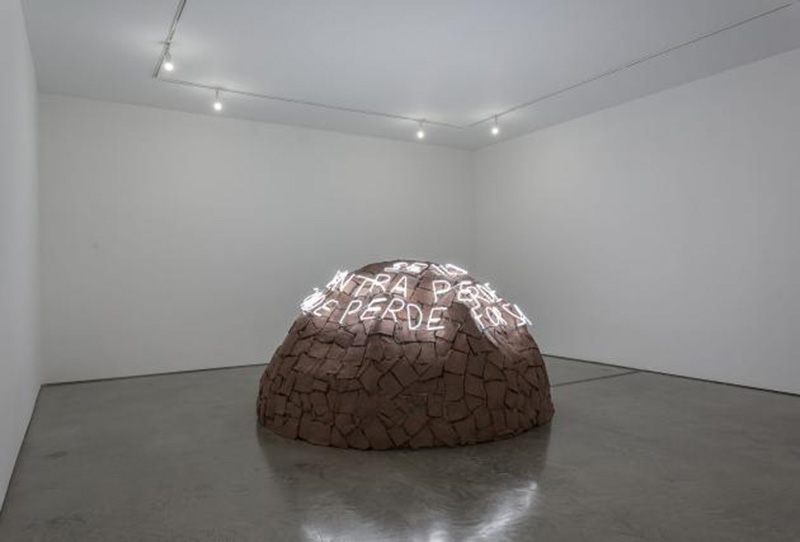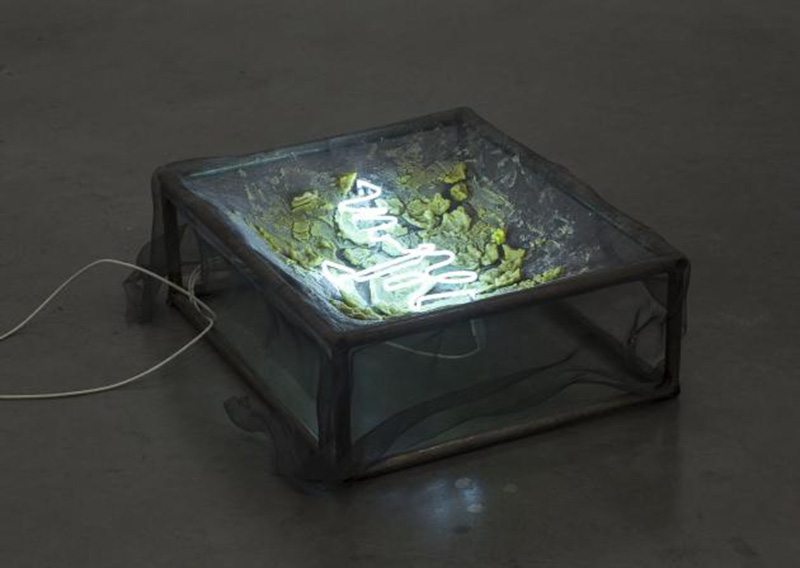ART-PRESENTATION: Mario Merz-Early Works
 Mario Merz’s work combines a fascination with the material and metaphorical qualities of natural objects with ideas regarding infinity and repetition. Much of his work was based around the Fibonacci sequence, a formula often used to express mathematical sequences in nature. By the late ‘60s Merz was one of the most important proponents of Arte Povera. During the course of his long career, Merz drew on a vocabulary of symbols to express his ideas, such as the igloo and spirals.
Mario Merz’s work combines a fascination with the material and metaphorical qualities of natural objects with ideas regarding infinity and repetition. Much of his work was based around the Fibonacci sequence, a formula often used to express mathematical sequences in nature. By the late ‘60s Merz was one of the most important proponents of Arte Povera. During the course of his long career, Merz drew on a vocabulary of symbols to express his ideas, such as the igloo and spirals.
By Efi Michalarou
Photo: Gladstone Gallery Archive
The exhibition “Early Works” at Gladstone Gallery in New York, presents three early seminal works by Mario Merz, who held the distinction of being the oldest of the Arte Povera artists. Already established as a painter in an Abstract Expressionist style, Arte Povera provided him with the opportunity to start his career anew. In “Giap Igloo – Se il nemico si concentra perde terreno se il disperde perde forza” (1968), is the first of his signature igloos. The instillation of subjective weight onto the objective form of the igloo is underscored by the neon words circumscribing the dome. The quotation from General Vo Nguyen Giap of the Vietnamese National Liberation Front is describing the double-bind of combat strategy, the glowing letters provide a visual tension to the cracking clay exterior. Mario Merz’s igloos provide a focus for his preoccupation with the necessities of life – shelter, warmth, and food – though, as here, they also often contain neon tubes that suggest more sophisticated and modern experiences, such as those of advertising and consumption. Further showcasing Merz’s interest in exploring a collective conscience through prosaic media is his sculpture, “Sitin” (1968). The title of the work invokes the physical act of using one’s body to occupy space and also points to the global escalation of political protests in 1968, of which the sit-in was an often-used technique. In the large-scale installation, “La bottiglia di Leyda” (1978), physical space is redefined as both deeply personal and simultaneously universal through the use of common materials. With wire mesh covering every wall of the gallery, Merz invites viewers into a communal environment that proudly incorporates the natural world, all while neon lights spell out the Fibonacci sequence.
Info: Gladstone Gallery, 515 West 24th Street, New York, Duration: 10/11-17/12/16, Days & Hours: Tue-Sat 10:00-18:00, www.gladstonegallery.com



